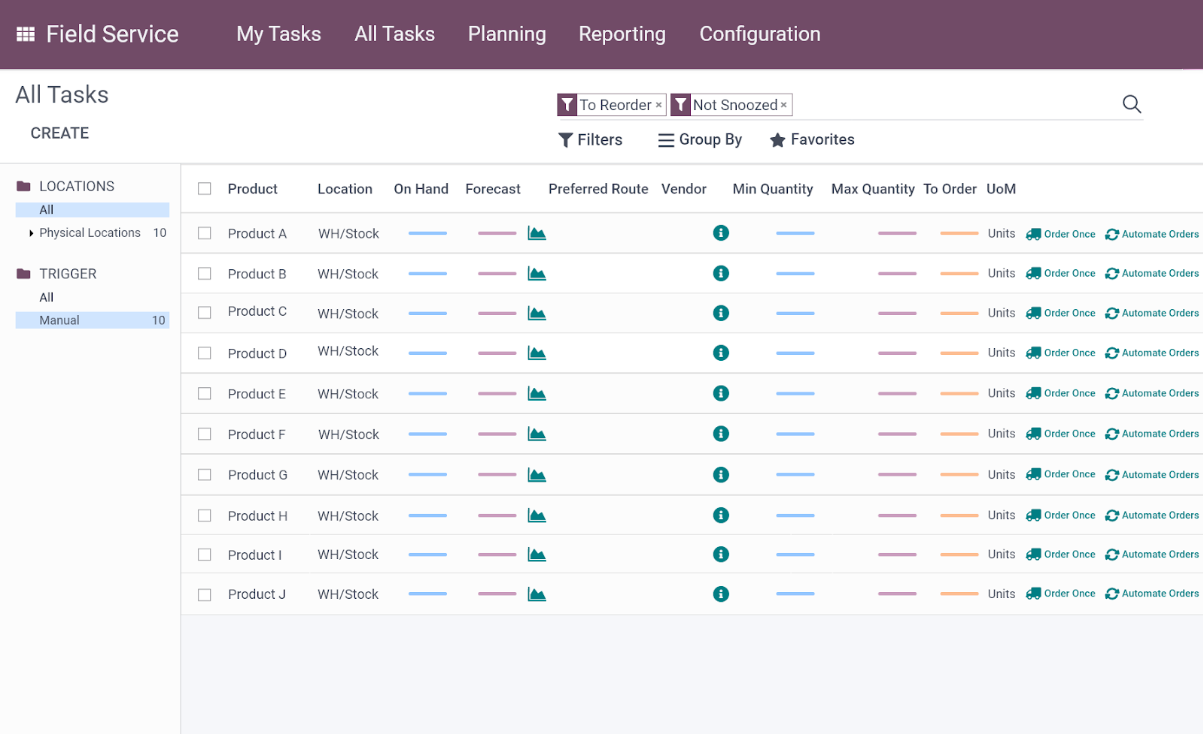If you still rely on paper-based processes in your wholesale distribution business, it is time to make a switch. The manual, outdated methods are wasting your employee’s time, effort, and resources, and hindering your organization’s productivity and efficiency.
That’s where workflow automation comes in.
By automating complicated workflows, your team can refocus on high-value tasks and get more done in less time. With the ability to set multiple conditions, your automated workflows will run like clockwork, ensuring everything works perfectly.
Whether you are in the healthcare, home appliances, food and beverages, or textiles industry, automation can help you streamline complicated operations, resulting in faster delivery of products to your customers and a higher rate of order fulfillment.
Also read: Warehouses and Distribution ERP Software: Essential ERP Features To Look For Today
What Workflows To Automate In Wholesale Distribution Business?
By implementing automation, your wholesale distribution business can remain competitive in the face of current and future challenges. Whether your business is small or large, automation is key to achieving success in order fulfillment.
In this blog, we will dive into the different workflows you can automate in wholesale distribution and see how each can benefit your business.
Stock replenishment
Stock moves history
Upselling and cross-selling
Invoicing
Financial data management
Stock replenishment
Efficient stock replenishment ensures smooth supply chain operations for wholesale distribution businesses. When stock replenishment is done manually, it can lead to issues that can hurt your business’s cash flow and profitability.
But with automated stock replenishment, you can rest easy knowing that you won’t run out of stock or have overstocking problems.
By setting minimum and maximum quantities for your stock, you can trigger automated reordering when your inventory levels fall below a certain threshold.
This way, you can adjust your inventory accordingly to ensure your customers always have access to the products they need and are satisfied with their experience with your business.
Automated stock replenishment not only reduces the risk of stockouts, but also prevents overstocking, which can lead to issues such as wasted storage space, expired goods, and slow-moving inventory.
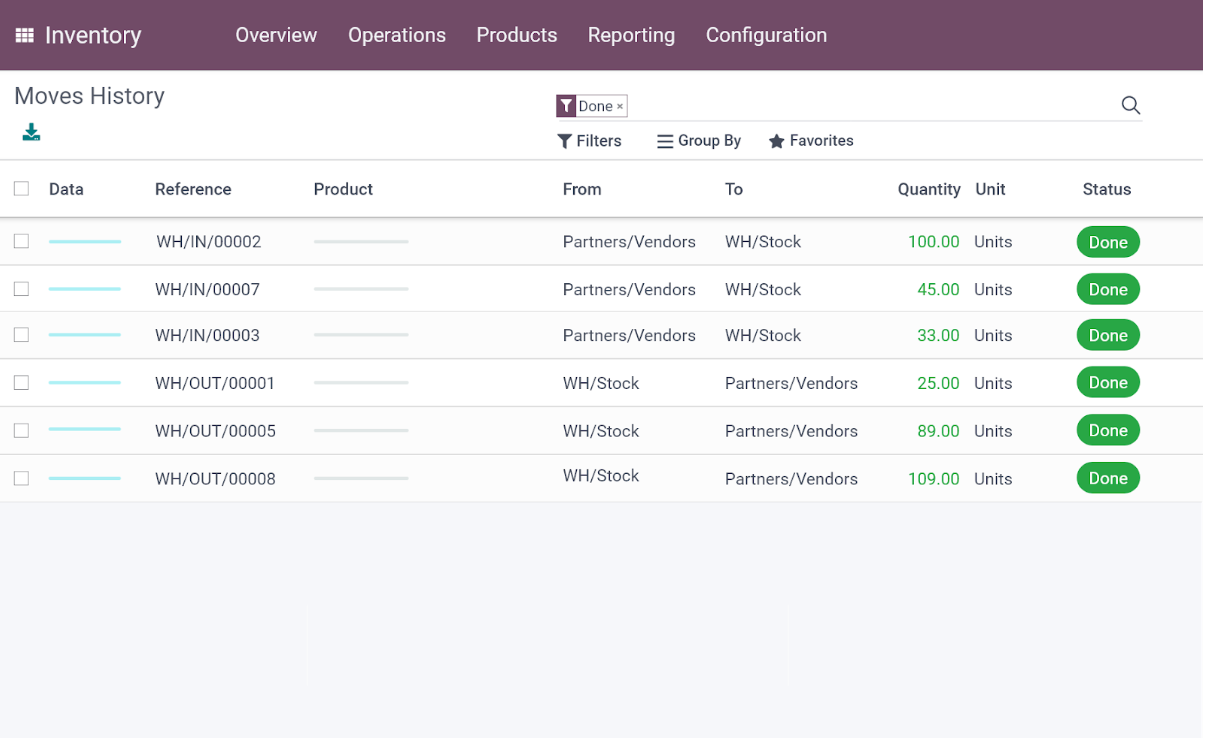
Stock moves history
In wholesale distribution, tracking the inventory movement is critical to ensure your stock levels are accurate and your supply chain is operating efficiently. Without automation, recording stock movement can be a hassle and prone to errors, resulting in missing stock frequently.
By automating stock movement tracking, you can enjoy full traceability of every stock move, from receiving to selling. All information is updated in real-time, including product details, quantity, transfer location and status, and personnel responsible for each movement.
With this comprehensive stock move history, you can also easily track which products are selling quickly and which ones are not, making informed decisions on what to stock and what to phase out. Plus, it helps identify any delays in your supply chain to optimize your logistics for better overall efficiency.
Simply put, an automated stock moves record keeps an eye on every stock movement, ensuring the smooth delivery of products to customers.
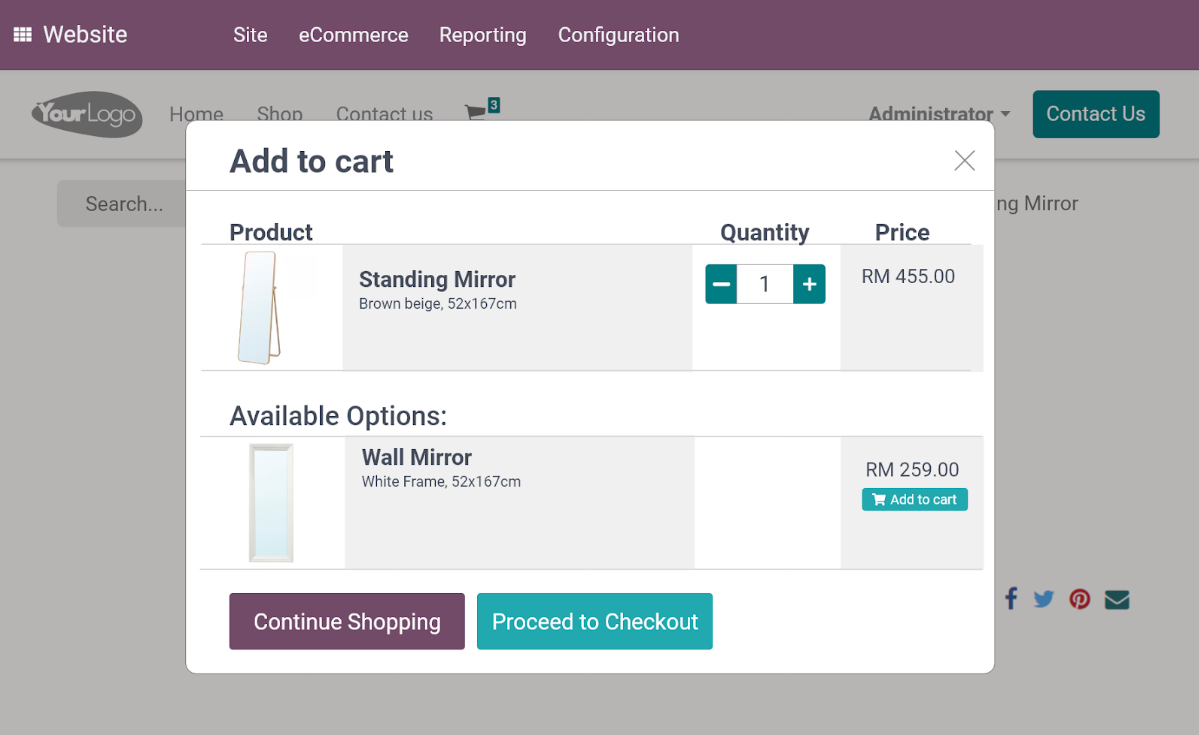
Upselling and cross-selling
When comes to wholesale distribution, getting customers to buy more by suggesting related products (upselling) or complementary products (cross-selling) can boost your sales and revenue. But if your salespeople have to do it manually, it can be a lot of work and lead to missed opportunities and lower sales.
Automation, on the other hand, makes it easier to suggest additional products to customers. You can pre-define which products are optional and show them to customers during checkout, giving them more options to consider.
This not only saves time and effort for your sales team but also helps customers find products that meet their needs and interest or even they might not have considered before.
In short, automated upselling and cross-selling are great ways to keep customers coming back for more, boosting sales and revenue for wholesale distribution businesses without putting a burden on the sales team.
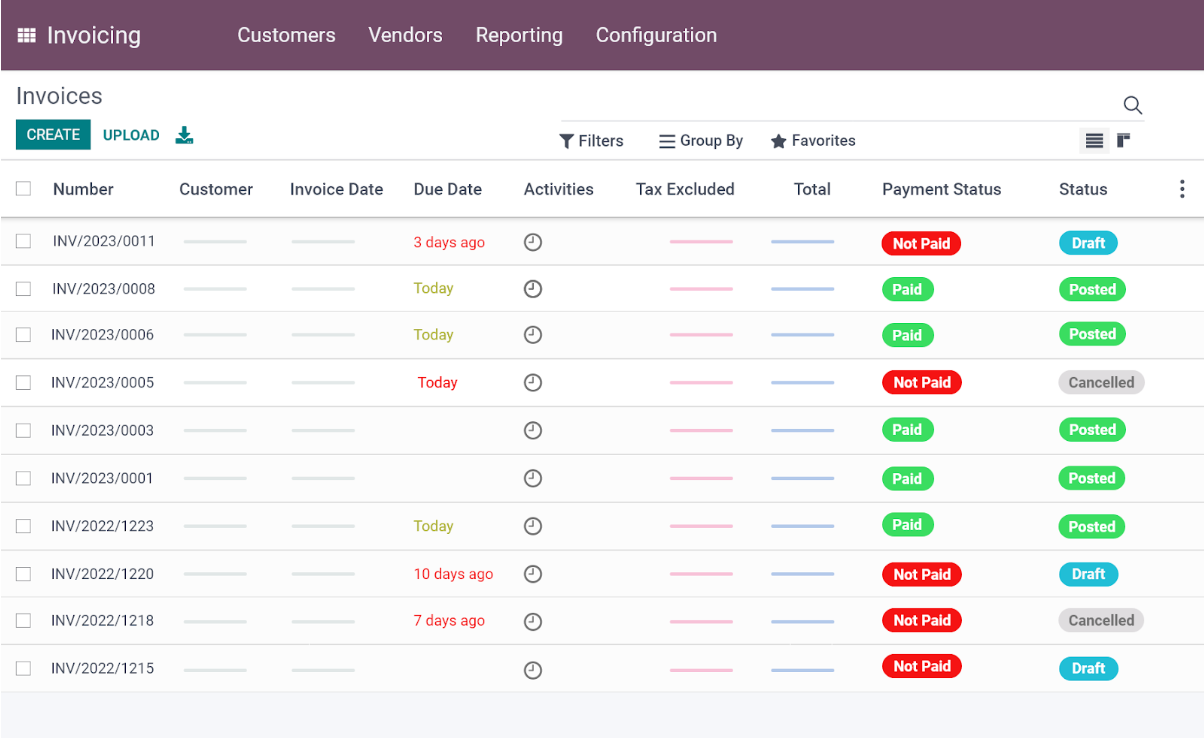
Invoicing
Invoicing is another critical workflow that can make or break a wholesale distribution business. Without automation, you will be left waiting for late payments or dealing with errors in pricing structures.
That's why an automated invoicing process is key. By automating your invoicing process, you can ensure your customers are billed correctly, receive payment reminders, and never miss a payment.
Automation makes invoicing a breeze with just a few clicks. It calculates prices correctly based on customer agreements, promotions, and discounts. It even sends customers late payment reminders automatically, so you don’t have to worry about chasing payments or wasting time manually reviewing accounts.
Overall, automating your invoicing process is essential for staying on top of your financials, ensuring timely and accurate payments.
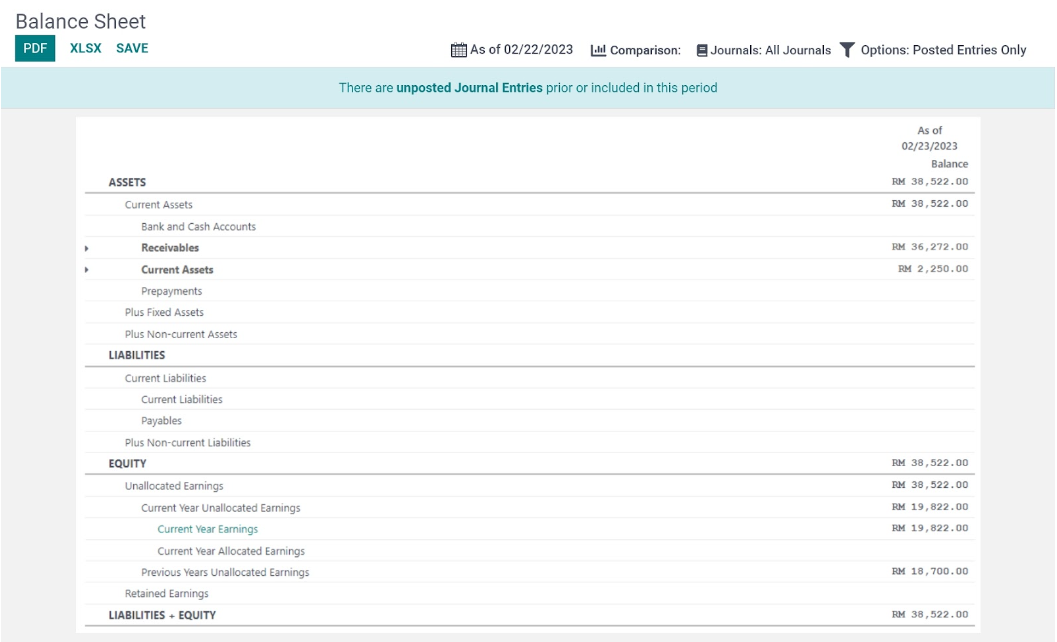
Financial data management
Keeping your business’s financial records organized is critical to understanding your company’s financial health. But let’s face it, manually recording all of those transactions can be tedious and error-prone, especially when you are dealing with a large volume of data.
That’s where automation comes in.
By automating your accounting processes, you can streamline the entire workflow, from transaction recording to financial statement generation such as profit and loss statements and balance sheets. This not only saves time and effort but also helps ensure that your financial records are always accurate and consistently up-to-date.
With clear and reliable financial information at your fingertips, you can make informed decisions to grow your business more strategically and stay ahead of the competition.
In today’s fast-paced market, automation is becoming increasingly important for wholesale and distribution businesses to stay competitive. By implementing an ERP system, you can automate workflow in wholesale distribution, from inventory management to financial management.
If you are interested in learning more about how automation can benefit your business, consider exploring solutions such as Odoo, which offers a wide range of features tailored to the needs of wholesale and distribution companies.
Our team is always ready to assist you on your journey toward digital transformation and business success. Contact us today to learn more!
